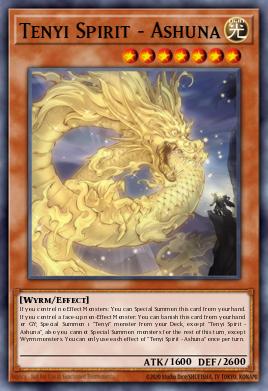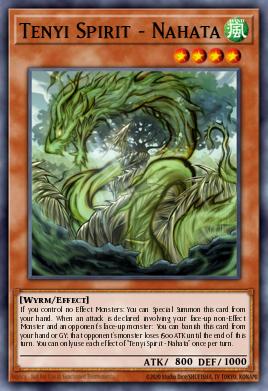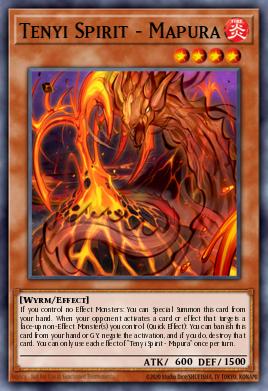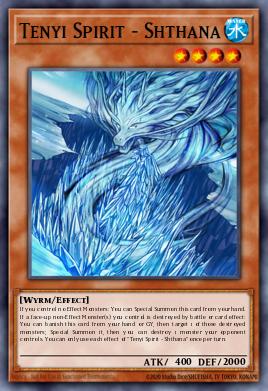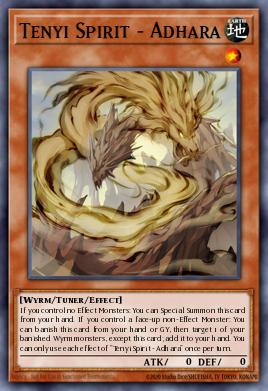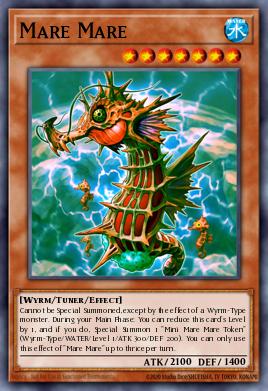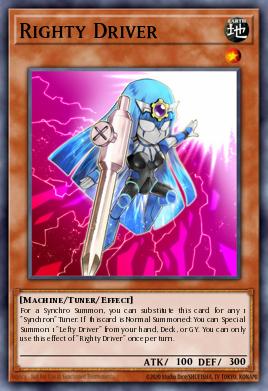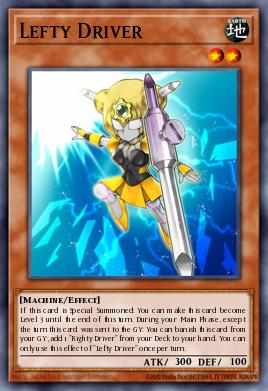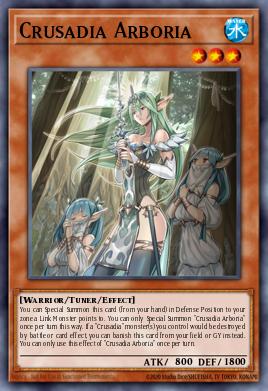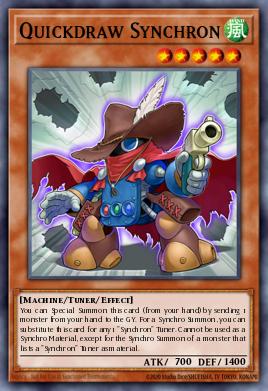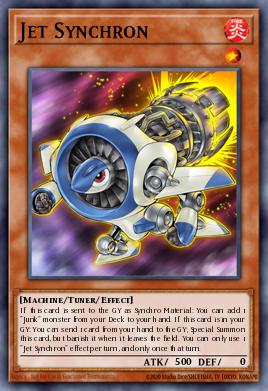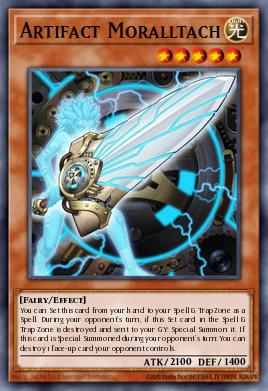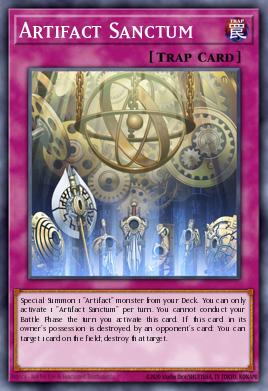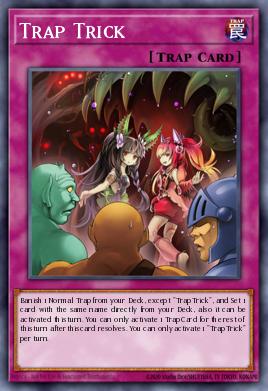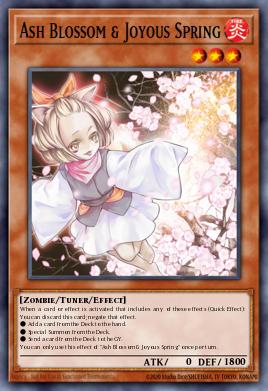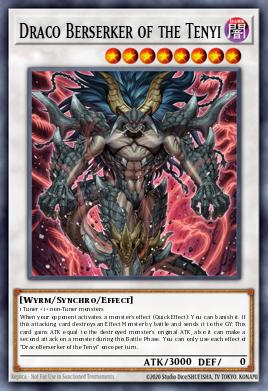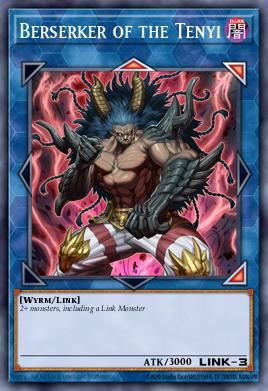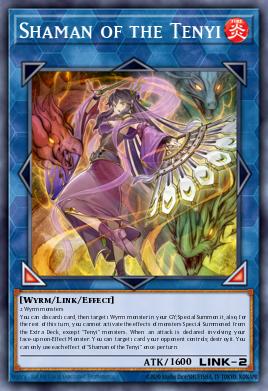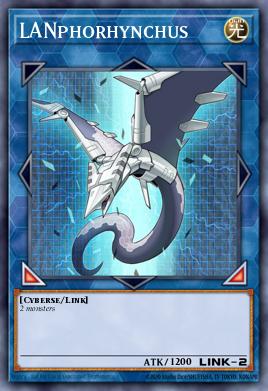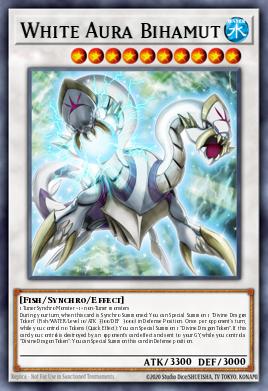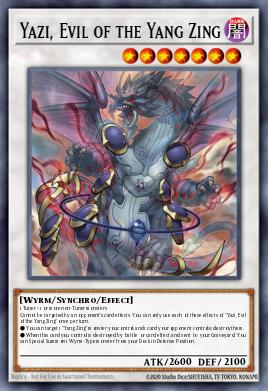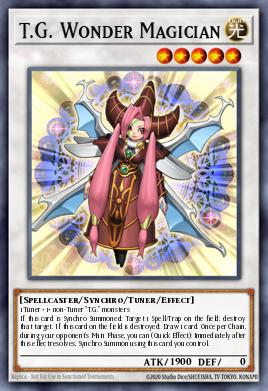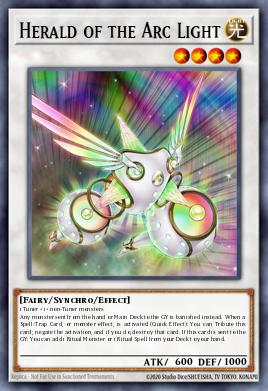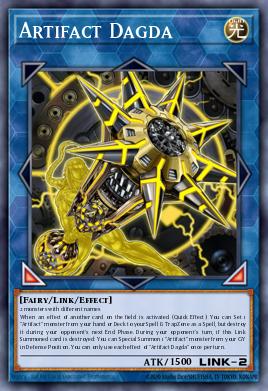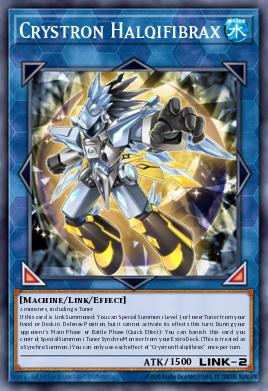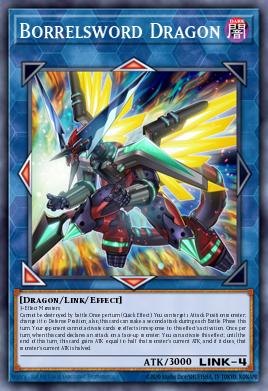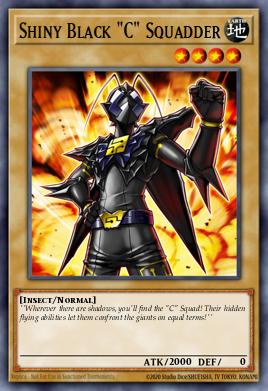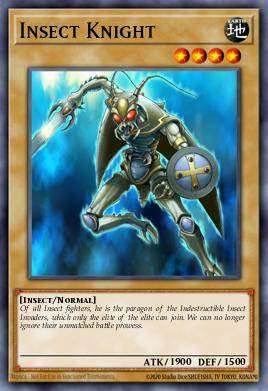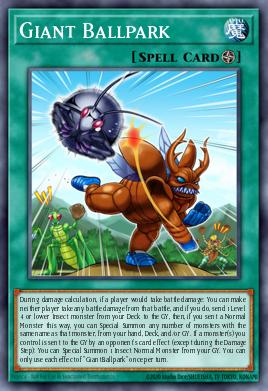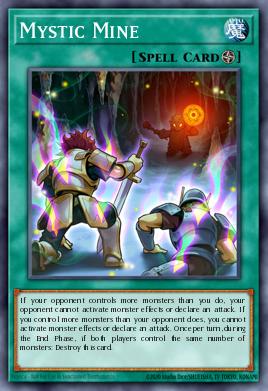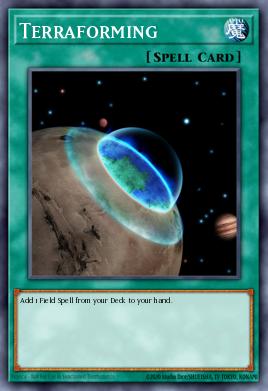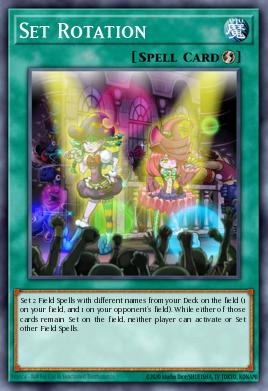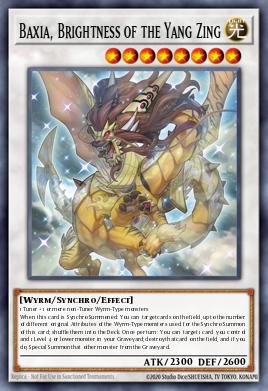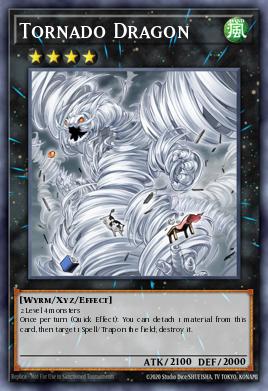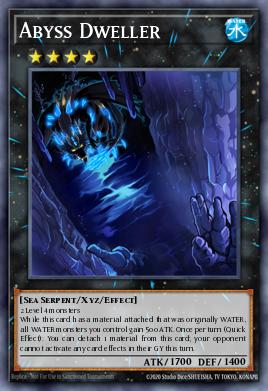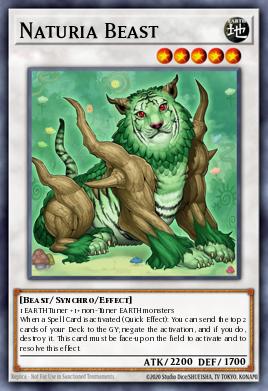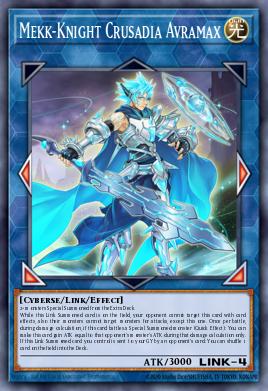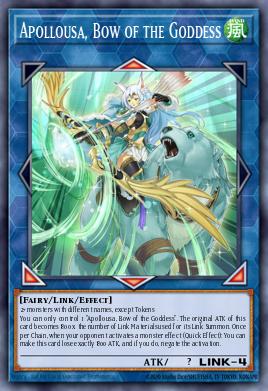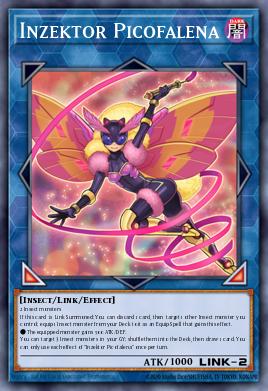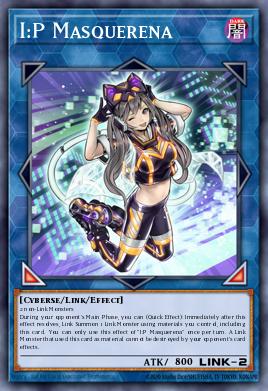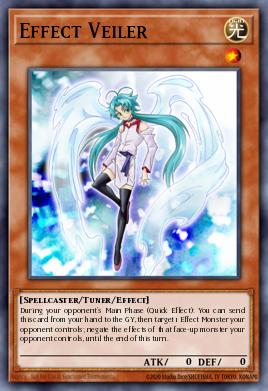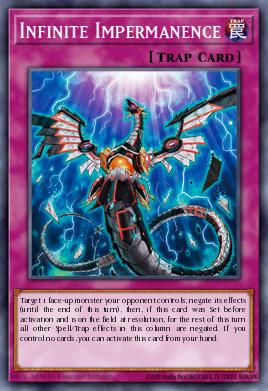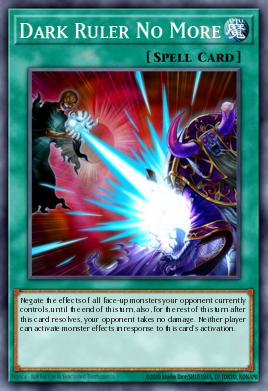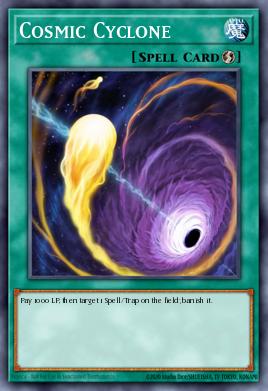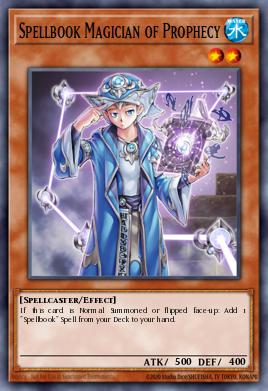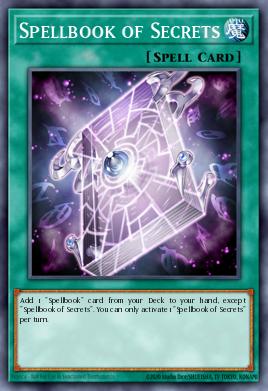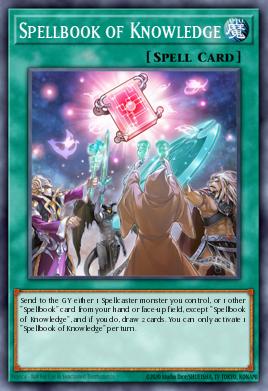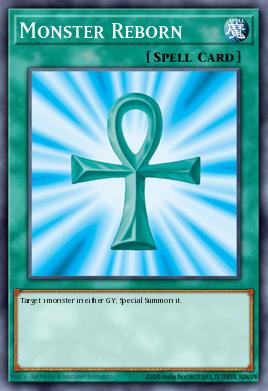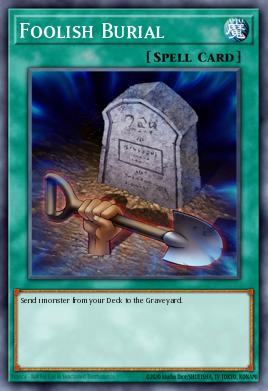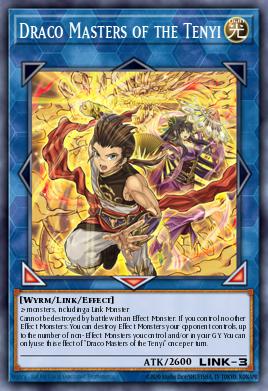Tenyi... Now, that's a name I've not heard in a long time.
Many players probably only recognize the Tenyis because of Vishuda or Adhara. Only a few players know every Tenyi card and fewer can pronounce them all correctly. Most players though? Most players don't know them at all.
Let's change that. We're taking a dive deep on Tenyis, what most players get wrong about them, and how to maximize their potential. Strap in, this is a long one.
What's a "Tenyi"?
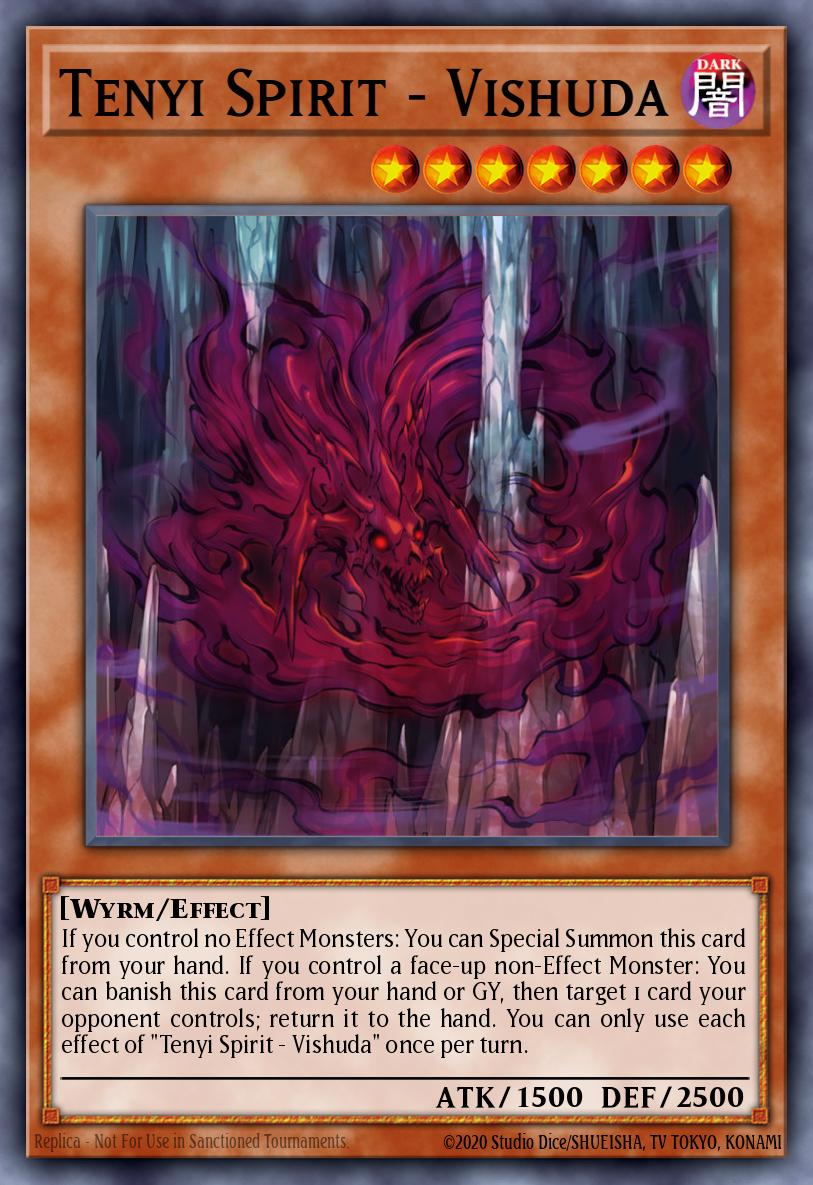
The Wyrm-driven Tenyi archetype—premiering in Rising Rampage and completed with Chaos Impact and Duel Overload—builds on a set of spirits based on the Hindu chakras.
- Sahasrara – Tenyi Spirit - Sahasrara
- Ajna – Tenyi Spirit - Ashuna
- Vishuddha – Tenyi Spirit - Vishuda
- Anahata – Tenyi Spirit - Nahata
- Manipura – Tenyi Spirit - Mapura
- Svadhishthana – Tenyi Spirit - Shthana
- Muladhara – Tenyi Spirit - Adhara
Each Tenyi's attribute coincides with the element its chakra represents, yielding an archetype covering every attribute but Divine. Mare Mare, everyone's favorite seahorse, is an honorary Tenyi, since without Destrudo the Lost Dragon's Frisson, Tenyi stands as the only deck capable of reliably summoning Mare Mare.
Sahasrara is the only spirit not in the main deck, and also sits at the peak of the Tenyi link ladder at link-4. Just below it at link-3 are beatstick Berserker of the Tenyi and niche pick Draco Masters of the Tenyi. Continuing down, we have Shaman of the Tenyi at link-2, and Monk of the Tenyi at link-1. Draco Berserker of the Tenyi joins the fray as the only Tenyi synchro.
Tenyis excel in supporting non-effect monsters: every main deck spirit can special summon itself from the hand if you control no effect monsters, and every spirit has an effect based on controlling a non-effect monster. Monk and Berserker are both non-effect links, Draco Masters destroys monsters based on the number of non-effect monsters on your field and in your graveyard, and Sahasrara summons a non-effect monster (a token).
What's the problem with Tenyis?
Here's where things get hairy for a few reasons.
Archetype support
First, almost every Tenyi spell and trap sucks. It's a rough truth.
The flawed field
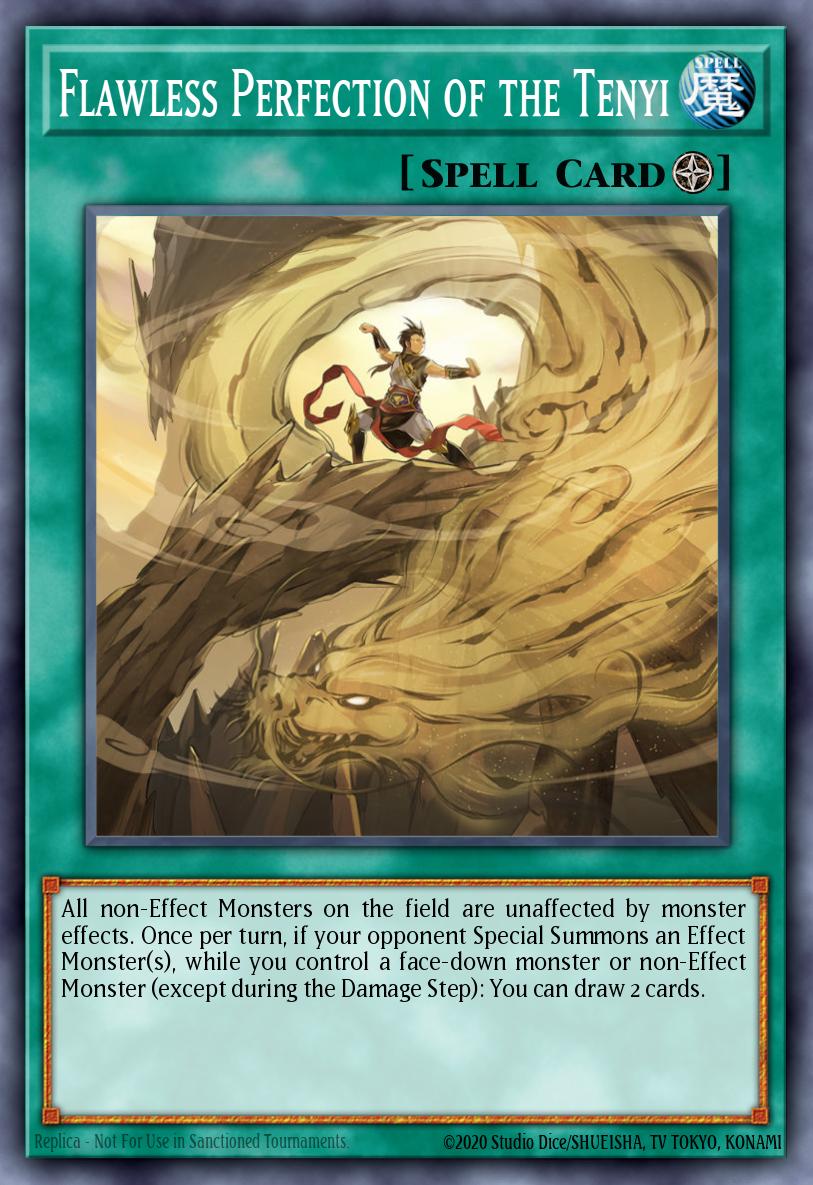
Flawless Perfection of the Tenyi, their sad excuse for a field spell, sounds great in principle! Non-effect monsters are unaffected by monster effects, and you can draw two cards once per turn if your opponent summons a monster while you control a non-effect or facedown monster. As I said, though, while neat in principle, it's terrible in practice. Your non-effect monsters usually aren't the target of monster effects, and hinging your draw power on your opponent is the core component of a Bad Time™. Oh, it's not searchable in-archetype either.
The counter not worth counting on
Fists of the Unrivaled Tenyi—their non-searchable, in-archetype counter trap—also leaves a lot to be desired. I'd like you to take a moment, hover over that card link in the previous sentence, and see if you notice a tiny phrase missing before you keep reading. ...did you find it? Fists negates the activation of a spell, trap, or monster effect but doesn't destroy the card. Effectively, you've got a worse Solemn Strike or Solemn Judgment that relies on controlling a non-effect monster to be useful. But hey, at least if your opponent pops Fists before you can use it, you can special summon a non-effect monster from your extra deck? Free Berserker, or Blue-Eyes Ultimate Dragon if you're feeling spicy!
Oddly enough, Fists might be the most cross-applicable Tenyi spell/trap, since decks built around Pacifis, the Phantasm City or Generaider Boss Stage can actually use this more reliably than Tenyi.
Their shining star...ter
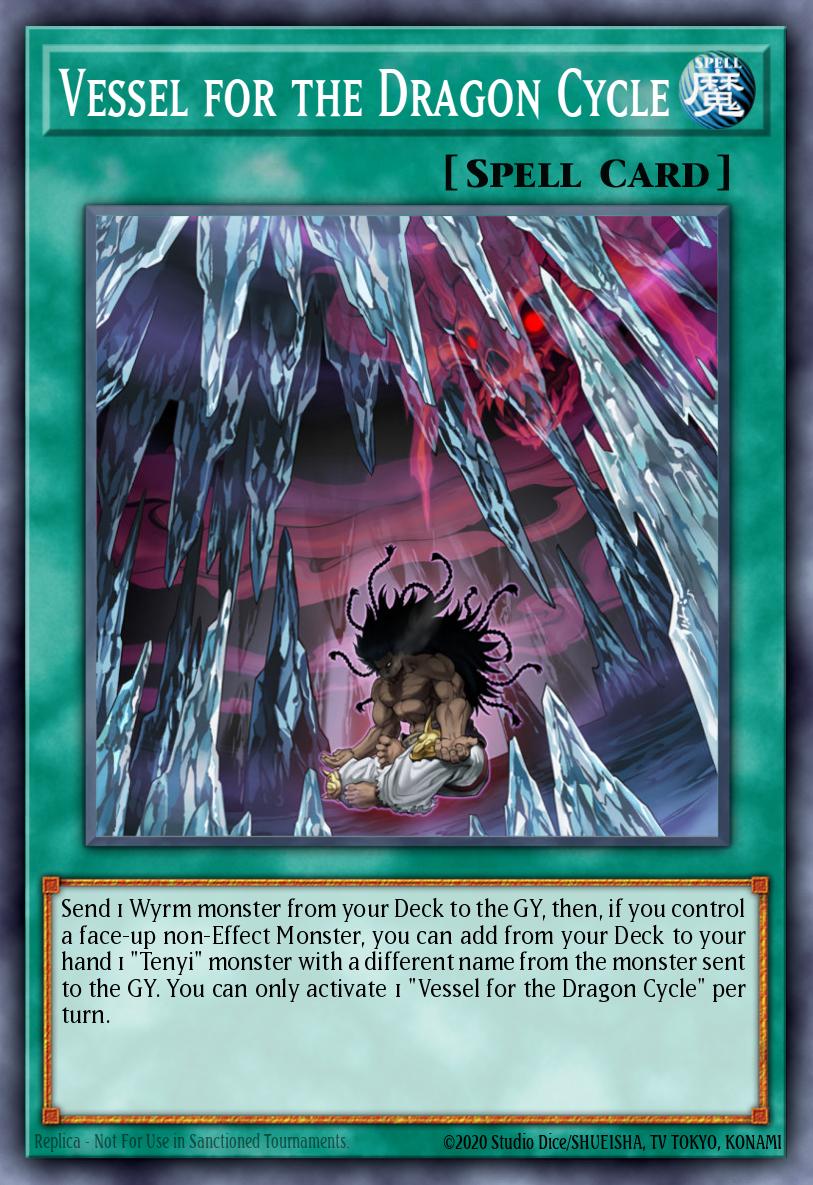
But have hope, I said "almost every"! That's because Vessel for the Dragon Cycle is insanely good. Like...disgustingly good. The bastard child of Foolish Burial and Reinforcement of the Army, this Tenyi searcher and setup machine has the potential to turn itself and one other Tenyi—any other Tenyi—into a 2.5-card OTK. It looks something like this.
- With an empty field, special summon any Tenyi monster from your hand. Link it off into Monk.
- Activate Vessel, sending Mare Mare to the GY and add Ashuna to your hand.
- (a) Special summon Ashuna and (b) link it and Monk off for Shaman.
- Activate Shaman's effect, discarding any card to special summon Mare Mare from the GY.
- (a) Use Mare Mare's effect three times to make three tokens then (b) link one token into Link Spider or Linkuriboh.
- Link the two tokens and your link-1 of choice from 5(b) into Berserker.
- Activate Ashuna's GY effect, special summoning Vishuda from your deck in attack position.
The above pumps out 8200LP worth of damage. With any extenders at all, though, the end of 3(a) becomes the start of a ton of possible plays. Why? Because all of that happened without normal summoning. Normal summoning, say, Phantom Skyblaster right before 3(b) can start a series of plays leading to a seriously monstrous board.
If there was a Tenyi card to hit with Ash Blossom & Joyous Spring, Vessel for the Dragon Cycle is the card.
Type Support
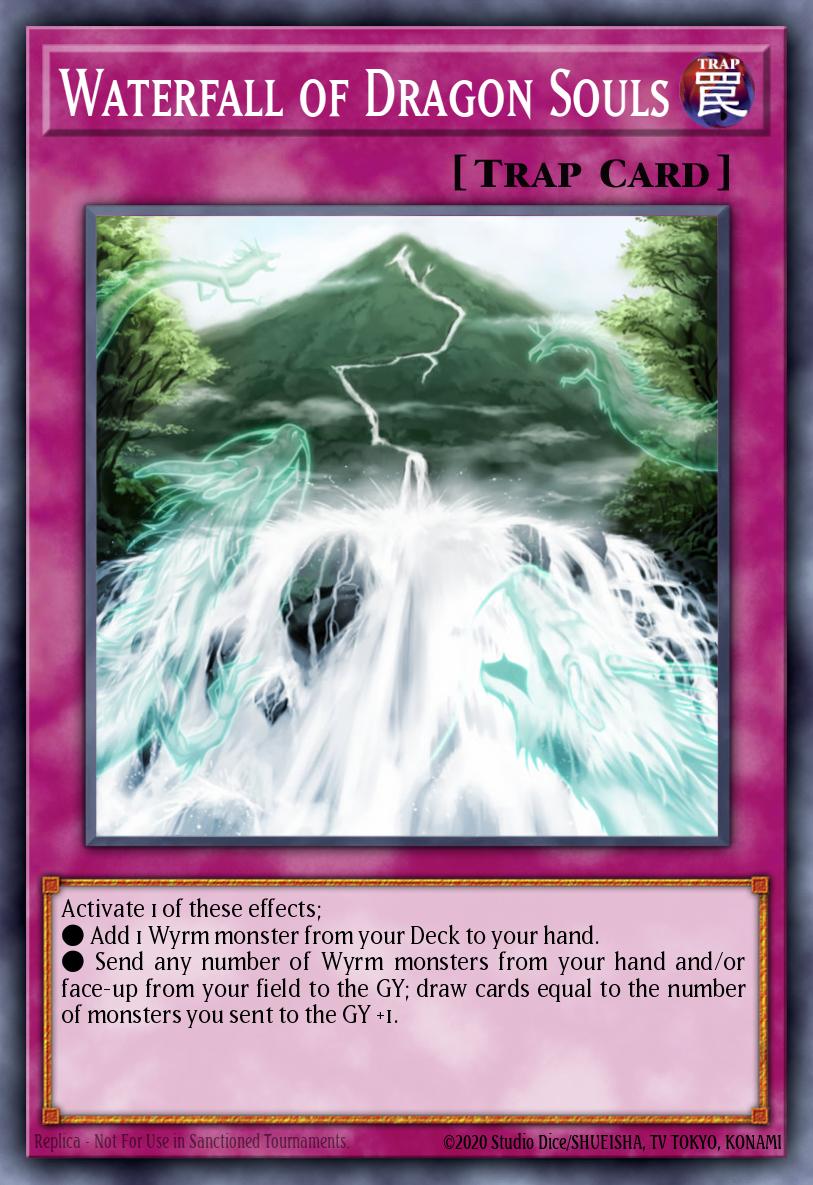
Tenyis' second struggle isn't exactly their fault (thanks, Konami): Wyrms have forgettable, awful type support. Seriously. Take a moment to name any Wyrm support card without looking them up.
The support card you probably fished up from the recesses of your Yu-Gi-brain is Waterfall of Dragon Souls. Another entirely lackluster card, Waterfall gives you the option of either searching a Wyrm or dumping off Wyrms from your hand and field to draw cards equal to the number you sent off plus one. The first effect would've been more useful as a spell effect – see Vessel. The second trades certain advantage for uncertain draws. Or, in summary, it's slow and doesn't present concrete results.
I dug around for other generic Wyrm support. I actively searched around for it. There's nothing else.
Tenyi's Xenophobic Design
Third and probably most frustrating for Tenyi experimenters and fans alike, the Tenyi archetype is incredibly xenophobic. It struggles to play nicely with, well, nearly everything else.
Using Shaman's effect locks you into extra deck effects from Wyrms only. Ashuna's effect locks you out of summoning anything but Wyrms. Every Tenyi monster effect, Vessel, and Fists all require a non-effect monster on the field to use them.
All three of those limitations combined tend to turn any potentially interested players off to Tenyis immediately. Building a Tenyi deck can be just plain difficult. It involves knowing not just what cards build advantage or disrupt your opponent, but how to build within the potentially self-crippling confines of their various restrictions.
Why Play Tenyi Competitively?
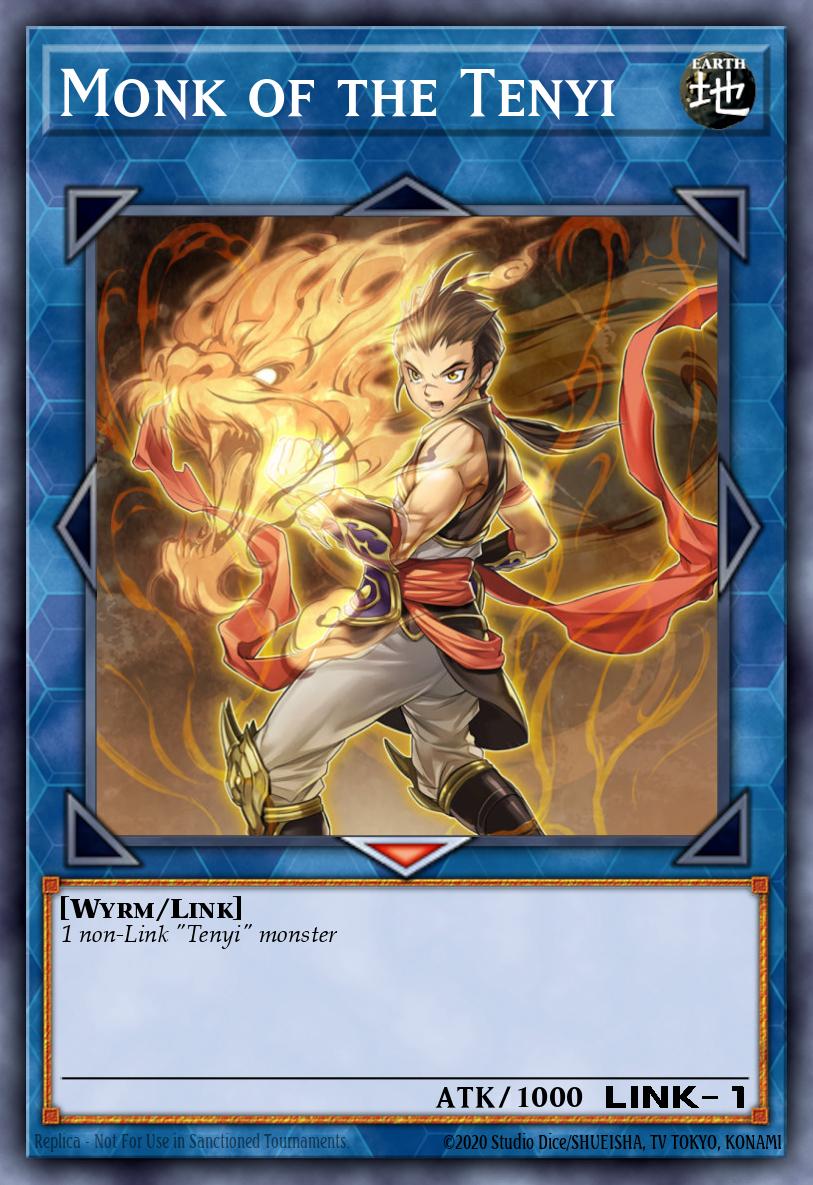
It might be easiest to compare Tenyis, in a laddering perspective, to Crusadia. Any Crusadia monster can be turned into Crusadia Magius to start your plays, and any Crusadia extends your plays; Tenyi function similarly. Any main deck Tenyi monster can be linked into Monk, and Monk being a non-effect monster means you can special summon another Tenyi from your hand, or use a Tenyi's individual effect. So, in terms of hitting the link ladders, Tenyi's surprisingly consistent. The advantage they have over Crusadia, though, is that Tenyis don't use a normal summon to start the ladder.
Tenyis also have a pretty impressive long game. Between Adhara recycling banished Tenyis and Shaman being a walking pseudo-Overdone Burial for Wyrms, Tenyis do a really good job of recycling resources on their own. (We'll get to more ways of doing that later.) In Tenyi, it's rare that what is dead is also gone.
At a higher level, Tenyis present a huge amount of utility across their monsters. A wide range of effects means there's a Tenyi for almost every situation, giving you the ability to finagle your way out of a lot of otherwise difficult obstacles. Conveniently, that mass of utility is packed into a fairly small overall package. A Tenyi "core" is usually around 16-20 cards in the main, giving you plenty of room to tech out. The slight downside here is that you run a similar extra deck issue as with Salamangreat: you're basically locked into half the extra deck needing to be archetype-specific monsters. So, most of your teching out happens in the main deck.
Finally, Tenyis aren't shy on raw power. Berserker, Sahasrara, and Draco Berserker all sit comfortably at 3000ATK each, with Draco Berserker gaining a permanent attack boost when it destroys a monster by battle. This makes getting in range of lethal surprisingly easy, especially considering the relative ease by which the deck can branch out into other extra deck powerhouses.
Where Players get Tenyi Wrong
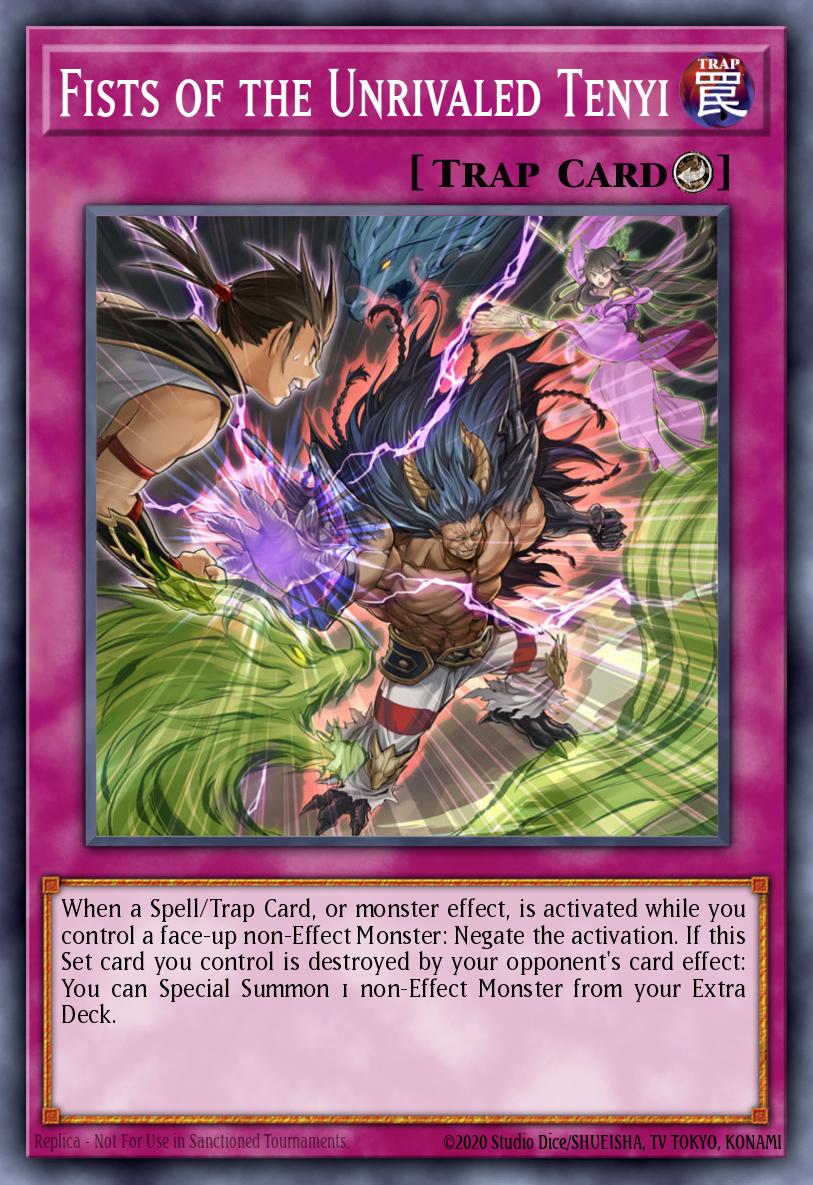
With a number of awkward play style considerations, I'm not surprised if you haven't heard of the Tenyi archetype, haven't faced them at all, or tried them once and put them down in frustration. Most players have written off Tenyis entirely. Why? Because nearly all Tenyi players fall for the classic Tenyi blunder.
They include the bad cards. Not just that, but they lean into them, or just work too hard to include them. In doing this, they produce an underwhelming deck with disappointing results.
Trying to Buff the Bloat
How does this happen? To start, most players end up constructing Tenyi like a trap-oriented deck. We'll get gritty on this in the next section, but Tenyi's strength is not in control; or, at least, not with traps. Waterfall is slow. Skill Drain doesn't pack that T.G.-Stun-circa-2011 hit anymore. Nearly every floodgate hurts you more than it hurts your opponent. A higher trap count hurts your consistency. Did I mention the trap build is slow?
Those not going trap-heavy then tend to resort to builds bloated with hand traps. There are definitely decks that can play 9+ hand traps without hurting themselves. Tenyi isn't one of them. Unlike, say, Invoked, where you can reasonably play 15 hand traps because they can fuel your plays, hand traps as monsters don't do anything for Tenyis. They may slow your opponent down, but they usually end up slowing you down even more (or feeding you a lot of unplayable hands) and hurt your consistency.
The Draw Power Conundrum
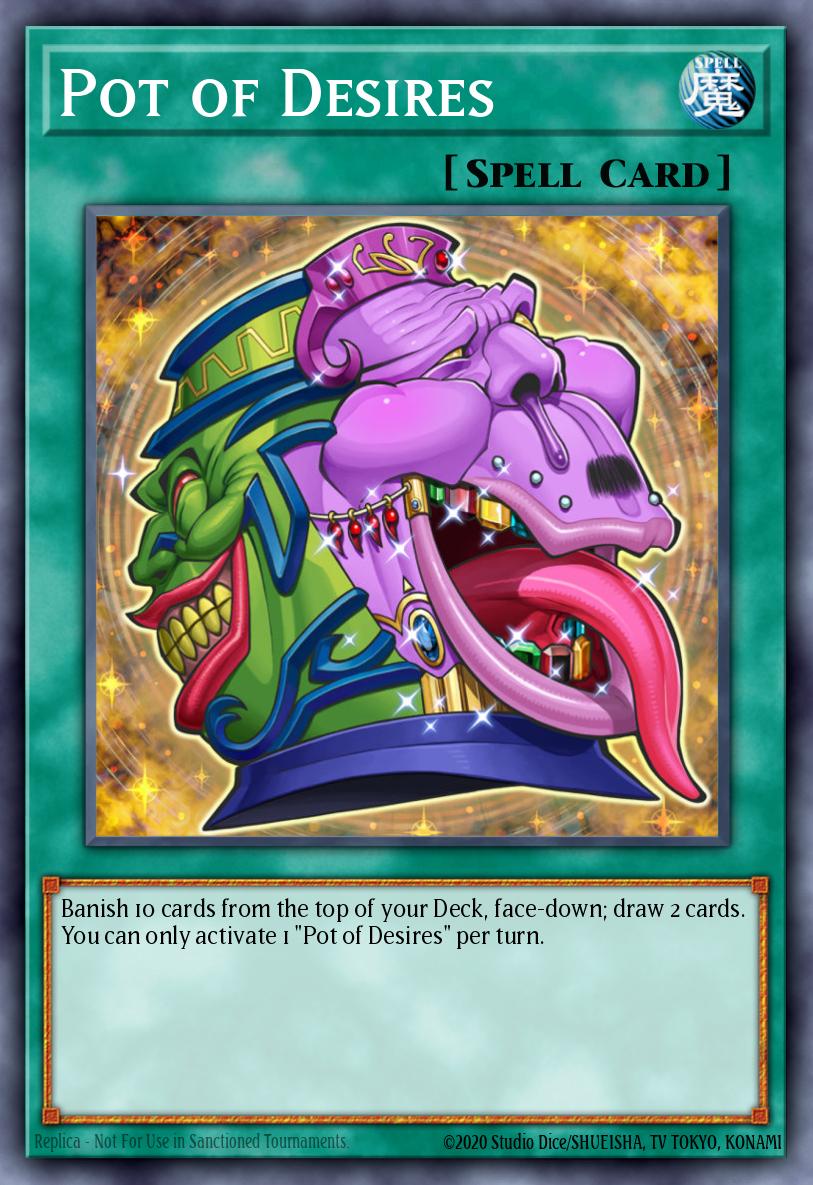
Speaking of consistency, that's the next place Tenyi players tend to struggle. Finding ways to draw cards with Tenyis isn't the easiest thing in the universe because, well, nearly every conventional idea is off the table. Pot of Duality? Nope. Pot of Extravagance? Very nope, you need those Monks. Performapal Popperup? Same problems as Waterfall, trading slowness for massive LP pain. (Granted, the only life point that really matters is the last one, but I digress.) That leaves us with Upstart Goblin, which is alright enough, and Pot of Desires, which is neat right up until you banish your Mare Mare.
"Well, maybe monster-driven draw power could help?" Unfortunately...not so much. Fantastical Dragon Phantazmay? Turns off all your Tenyi special summons. Ipiria? Same issue. Saryuja Skull Dread? Same issue, again. Oof.
Feeling like nothing is exactly what they're looking for, many Tenyi players will try to brute force a suboptimal draw option in anyway, or forego it outright and hope it won't come back to bite them.
Shaking the Common Tenyi Stigmas
Lastly, a lot of players struggle not necessarily with what cards work well with Tenyi deck, but how to mesh cards into a Tenyi deck. It's not only easy but incredibly tempting to look at all of the restrictions on Shaman, Ashuna, and the rest of the Tenyi monsters and resign oneself from expanding anywhere outside the realm of Wyrms. Don't let that happen to you.
The easiest way to beat this mindset is building familiarity with Tenyi play paths. Understanding where in the Tenyi play path to pause and how to play around the Tenyi path limitations is the marked difference between someone playing Tenyi and someone piloting Tenyi. Knowledge versus understanding, intelligence versus wisdom, etc.
Play Tenyi however you want, don't get me wrong. Play how you like to play. But, if you're wanting to pilot Tenyi with any sense of competitiveness, you've got to leave the dead weight behind and shelve those misconceptions. Put away Waterfall, please put away Flawless Perfection, and unless you've got guarantees around Fists, put that away too. I've fallen into all these traps. Let's find our way out.
Building Better Tenyis
A note: most players that have lost to Tenyi lost because they weren't familiar with Tenyi and got caught off-guard, not because the Tenyi build they faced was strong. I hope by the end of this piece we eliminate the former and cultivate the latter, because if you strip away the former, most Tenyi players aren't left with the latter.
Let's break down how to build a more competitively-oriented Tenyi deck.
Playing to Tenyi's Strengths
If you actually read the Tenyis, the only truly disappointing effect belongs to Mapura. While we're all already familiar with Vishuda and Ashuna, some of the other highlights:
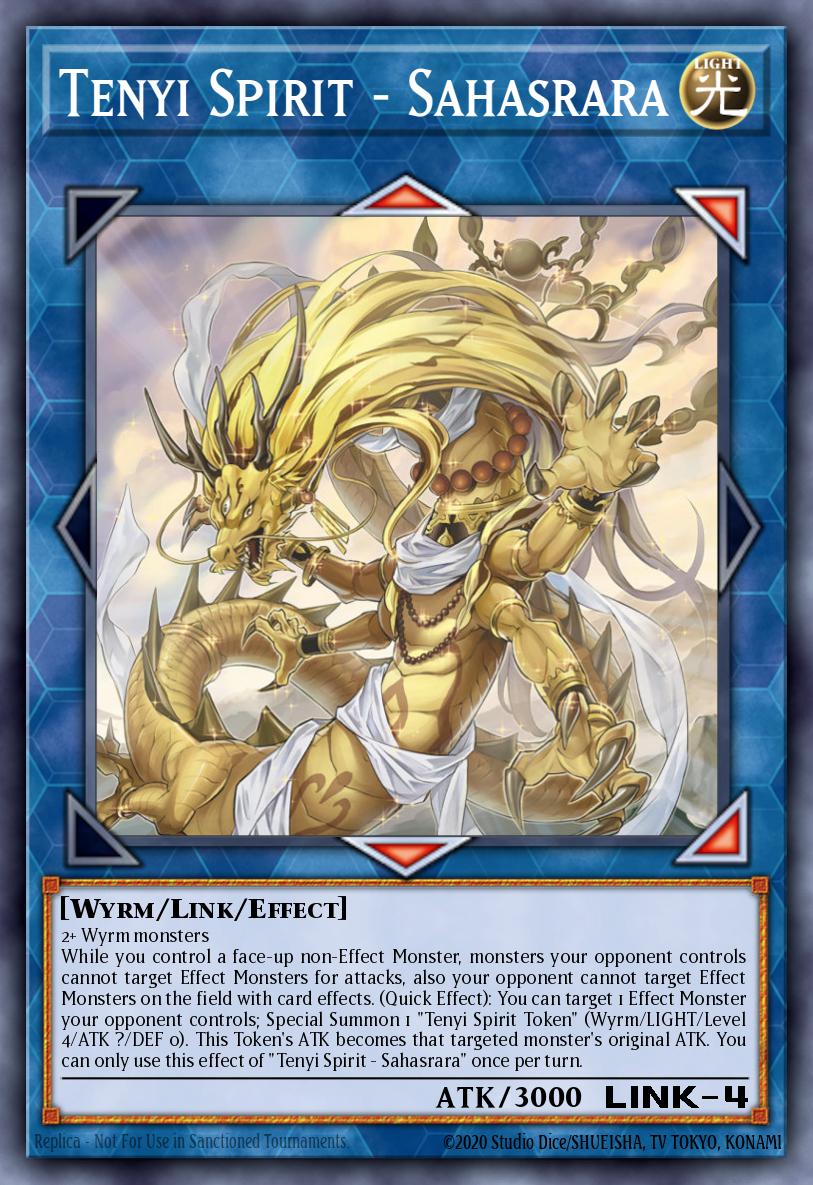
- As long as you control a non-effect monster, Sahasrara protects your effect monsters from being targeted by effects or attacks. It can also generate a non-effect monster during either player's turn, as long as your opponent controls an effect monster.
- To get around Sahasrara, your opponent has to attack your non-effect monster first. Nahata is Honest-esque: it reduces the attack of anything battling a non-effect monster by 1500.
- Shaman can pop anything on your opponent's side of the field when your non-effect monster attacks or is attacked (HOPT). It also can recycle any Wyrm from the GY – that includes Sahasrara, Berserker, etc.
- If one of your non-effect, non-token monsters does happen to get destroyed, enter Shthana. Shthana revives that non-effect monster and lets you pop an opponent's monster, non-targeting.
- In case you were missing some of your banished Tenyis, Adhara recycles them for you. How considerate is that?
Tenyis have a lot of strong effects going for them. One of the harder tricks in playing Tenyi—a trick that separates ok Tenyi players from good ones—is understanding how to set yourself up to capitalize on those effects. This happens both on your turn and your opponent's. Vishuda, Adhara, Ashuna, and Draco Masters happen exclusively on your turn, but Mapura, Nahata, Shthana, Shaman, Draco Berserker, and Sahasrara can all be used on either player's turn.
Especially important to note, every Tenyi monster's individual effects can activate in hand. It might not sound like a huge deal but becomes a critical point when under Abyss Dweller or reading an opponent's Called by the Grave.
Support and Play Styles
Building to capitalize on and complement Tenyis' inherent strengths involves examining both cards that support the decks (usually generic cards) and cards or engines that integrate well with the archetype. Let's break them down.
Finding the Right Support
Without good inherent type or archetype support, Tenyis are fighting an uphill battle. So, without much going for them from a support structure, let's start by addressing the first thing everyone looks for when trying to support a deck: draw power.
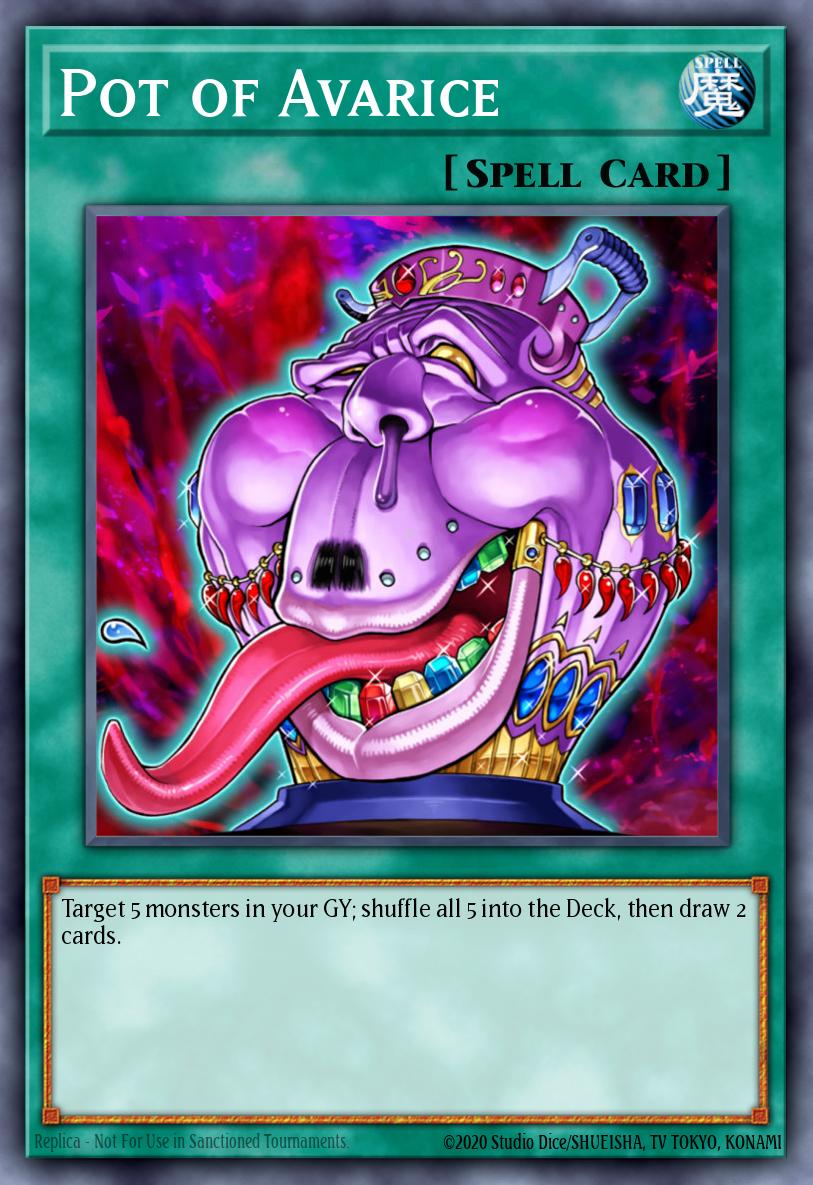
Remember how I said Tenyis have a bit of a hard time with draw power? Upstart and Desires are cool and all, but let me remind you of your actual best friend for draws in Tenyi: Pot of Avarice. Tenyi flies through monster resources, and Pot of Avarice lets you put 'em all back (especially those incredibly valuable Monks) and draw two for your troubles. With Avarice having returned to its unlimited glory, Tenyi are one of the best decks to be using this card.
It's actually from here that your support and tech choices diverge significantly. What you pick to fill the gaps depends entirely on the play style you want to adopt.
Stunning and Breaking Boards
Generally, there are two schools of thought around Tenyi: playing to go first and playing to go second. Let's check out each play style, how they work, and the cards you might play to support each.
Going First: The Stun Approach
Most players tend to lean on backrow when going first. To an extent, I can't say I blame them because when you start thinking about how many restrictions come down from Shaman and Ashuna, it's hard to break the nagging idea that non-Wyrm monsters shouldn't be in the fray at all. Also, Tenyis on their own don't present the most formidable monster boards from a stun perspective. Beatdown? Sure, but stun? Not as much.
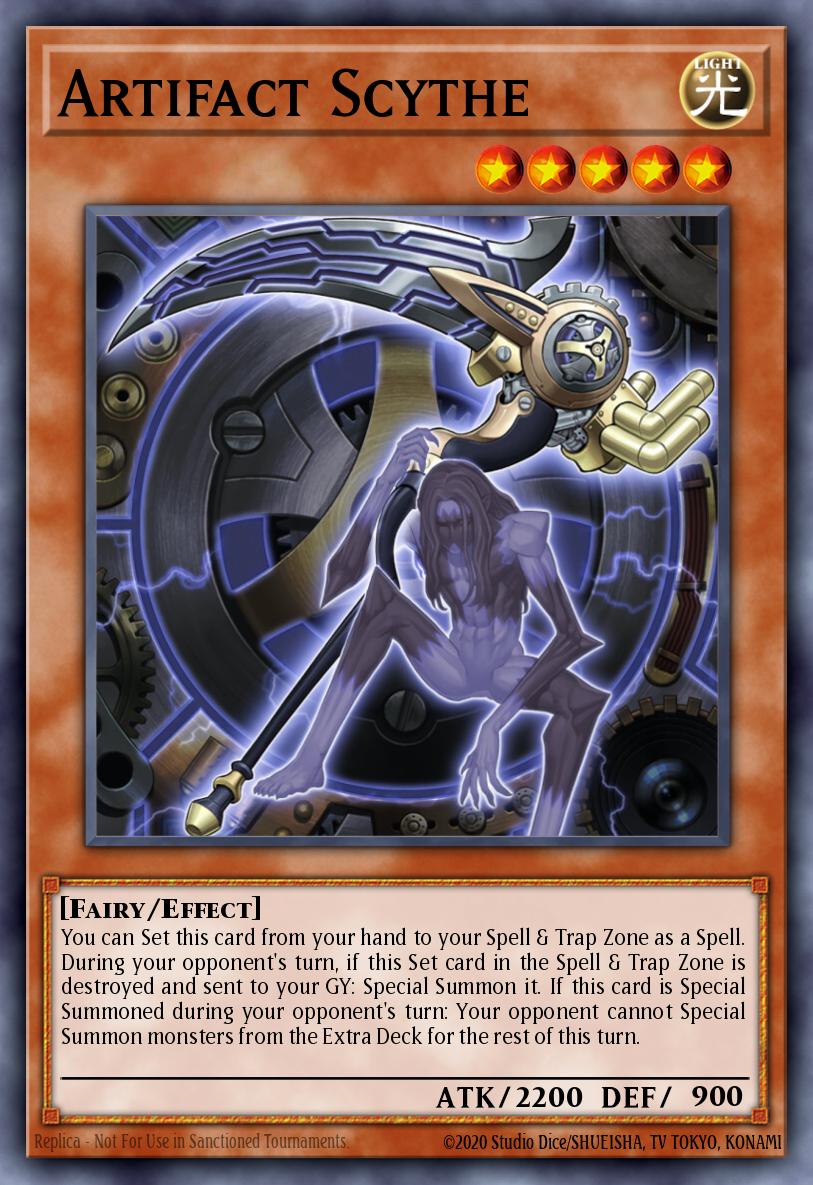
Thing is, stun happens in a lot of different ways – not just whether to use monsters or spells/traps, but also when those stuns happen. The "when" is important because of what we've been thinking about for a while now: Tenyis can get pretty restricted on their turn, but everything's open again on their opponent's. That means some of our more revered monster-driven stuns like Artifact Scythe are well within the realm of possibilities.
Noting Scythe does bring up an important point, because it's usually summoned off a trap. Playing traps in Tenyi isn't necessarily bad; but rather, players need to be extremely conscientious that the traps they pick go as far as possible. Judgment is good because it's an omni-negate with no restrictions around activation. Artifact Sanctum is fantastic because, as a chainable normal trap, you can effectively end the turn of an extra deck-focused deck with one card. In sum, when you're choosing traps to play in Tenyis, work smartly and work efficiently.
Getting value out of non-Wyrms in Tenyi, especially from a stun perspective, revolves heavily around timing. Since Shaman locks your non-Wyrm extra deck monsters out of their effects for the rest of the turn, you might have to be ok with making a slightly neutered Apollousa, Bow of the Goddess or Abyss Dweller on your turn before using Ashuna (which, unfortunately, will leave you open to Nibiru the Primal Being). Or, you utilize your normal summon to summon monsters with non-activating stun effects, such as Vanity's Fiend. Finally, before using Shaman's effect, you take advantage of that window to build a board of other stun-enabling monsters before getting to locked-in Wyrm plays. We'll get to an example of that later.
Going Second: Board-Breaking and OTKs
Earlier, we noted how Tenyi has no problems dropping a bunch of strong monsters in one turn. That, combined with Vishuda and Shaman being good at spot removal, means that we're looking for extra board breaking and OTK enablement.
Before that, a note about hand traps. Hand traps are a standard part of Yugioh at this point, and which you lean into depends on the format. The only word of caution is that you don't bloat your build with hand traps like we discussed earlier – 6-8 is plenty enough.
Now, we're all well familiar with the standard board crackers. From the monster side, Kaijus and the Winged Dragon of Ra - Sphere Mode tend to be duelists' first choices. Strangely enough, though, neither of these are great choices in Tenyi. Kaijus, while great for overcoming protect-the-castle boss monsters, don't work well against larger boards. Sphere Mode's clash is a little more nuanced; absorbing a normal summon in Tenyi actually isn't an issue, but the fact that Sphere Mode can't be targeted for attacks or by card effects is obstructive.
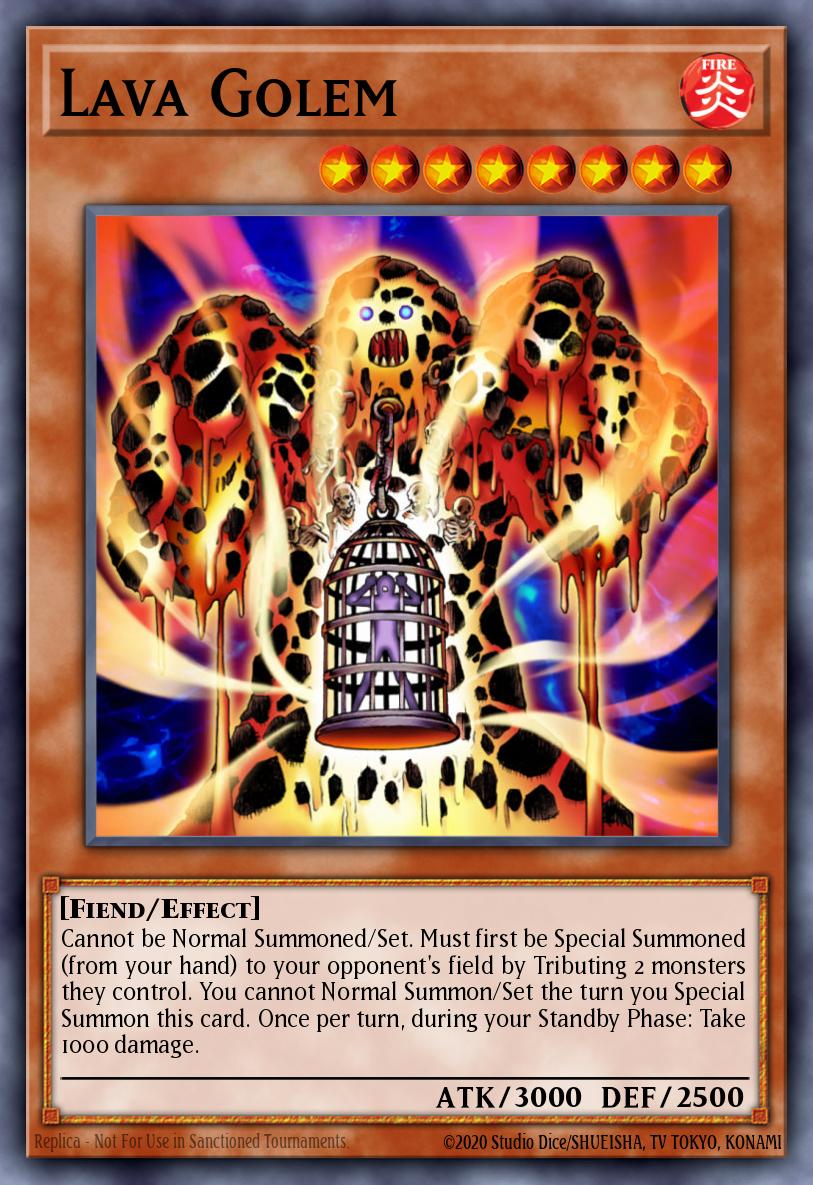
We have to find a middle ground: a monster that gets rid of more than one opposing monster but can still be dealt with without expending too many resources. That middle ground comes from our original series friend, Marik: Lava Golem. Lava Golem may stop you from normal summoning, but it gets rid of two of your opponent's monsters and is targetable by attacks and effects. Plus, there's this funny little interaction with Vishuda—because Lava Golem's summon isn't once per turn—where you summon Lava Golem, bounce it back to your hand with Vishuda, and then summon it again. Four monsters gone, basically uncontested. Lava Golem is Tenyi's removal monster of choice.
On the spell and trap side, we're all abundantly familiar with Dark Ruler No More, Lightning Storm, Evenly Matched and Super-Polymerization. (Who would've thought that Dark Hole, Raigeki, and Harpie's Feather Duster would get power-crept?) Of those, only Super-Poly isn't really compatible with Tenyis, because unless there's a non-effect Super-Poly target you're hiding somewhere that I don't know about, you're going to have to normal summon to out having that effect monster on board.
There's also something to be said about discarding for cost in Tenyi. With Shaman already needing a discard for its effect, and needing a non-effect monster on board (usually made with a Tenyi main deck monster) as often as possible, it can be difficult to balance out the value-for-cost justification on cards like Super-Poly and Twin Twisters. Having your Tenyis in the graveyard is fine, but you'd usually like them to be link material first. So, that in mind, we're generally looking for removal spells and traps that won't get rid of our other resources. Trade your Twin Twisters in for Cosmic Cyclone and call it a day.
Examples
Now, to address the lingering question: what can we play with Tenyis? What should a Tenyi deck look like? Let's check out a few different starting points for how you could build Tenyi to compete.
Let's start with probably my favorite offbeat example of breaking the Tenyi conventions with a list from Apollo's Dueling Dojo. Probably the most perception-shattering build of the three we're looking at, this one takes everything you thought you knew about going first in Tenyis and flips it on its head.
I can hear your brain melting. That's ok. In essence, the idea of this build is to hard counter extra deck-oriented decks. The stun combo part is as follows.
- Make Crystron Halqifibrax. (I don't need to tell you how, look at the number of ways to do that in there!)
- Use Halqifibrax to special summon Jet Synchron.
- Make Linkuriboh with Jet Synchron.
- Use Jet Synchron's effect to special summon itself back from the GY.
- Link Jet Synchron and Linkuriboh for Artifact Dagda.
- On your opponent's main phase, activate Halquifibrax's effect, chaining Dagda to set Scythe.
- Special summon T.G. Wonder Magician off of Halqifibrax.
- Target Scythe with Wonder Magician's effect, destroying Scythe.
- Special summon Scythe from the GY.
- Activate Scythe's effect, chaining Wonder Magician's second effect.
- Synchro summon White Aura Bihamut with Wonder Magician and Scythe.
The end result of this combo is, at minimum, the opponent being locked out of their extra deck while facing down a 3300ATK Bihamut and a 3300ATK Bihamut token (a non-effect monster – Tenyi synergy). Keep in mind, if you make Shaman—but don't use its effect—before doing any of the above, you've also got Tenyi plays you can make between steps 5 and 6!
Next, let's check out a build that topped the Hartford regional in February. This build from LordTrent is prior to Duel Overload and Secret Slayers, so bear that in mind.
Designed with go-first and go-second plays in mind, this build combines the tight Tenyi core with non-effect monster generator Giant Ballpark to pump out both board control and a whole lot of damage. Giant Ballpark's effect puts three non-effect monsters on the board at once, which can be a little offputting when those monsters have up to 6000ATK between them; it's a great way to steal games. LordTrent's side was heavily teched out for the meta at the time, opting to focus his main deck purely on controlling game one tempo and dumping damage out.
Last, for those looking for some pure build inspiration, the following is an example of how to take Tenyi going second, crack boards, and apply pressure.
What surely stands out as bizarre here is the inclusion of a Spellbook draw engine. Because this deck shies away from its normal summon, Spellbook Magician of Prophecy can be used freely for draw power. Another option as an alternative normal summon would be Formud Skipper, copying a Tenyi out of your extra deck to be then linked for Monk.
All of the above are great jumping-off points as three entirely different ways to play Tenyi. If you've never played Tenyi before, or if you're looking to jump back into them, I'd suggest net-decking any of the above and adjusting for what you need or what you usually face. By not needing a normal summon, plus having a lot of very strong in-theme cards, Tenyis can be a great complement to a variety of strategies to get done what you need.
Tenyis Looking Forward
So how's the future of Tenyi look? For now, I'd say promising. With Dragon Cycle of Celestial Illusions revealed for Rise of the Duelist, Konami seems to be saying they're not quite done with this Wyrm archetype yet, and this new quick-play is very likely to give the archetype a boost.
What Tenyis have yet to see in their future, though, is a non-effect link-2. Currently relegated to LANphorhynchus to fill that void, Tenyi players playing on the pure side are aching for a link-2 non-effect Wyrm (type being particularly important here) with more meat on its bones – think 2100ATK, which would be reasonable on a non-effect monster. Without it, in more dire situations (read: hard bricks), Tenyis get forced into really suboptimal positions like having to overextend through Shaman to end on a lone Berserker, or passing on Monk.
There's some new potential for Tenyis now with Eternity Code being released. Girsu the Orcust Mekk-Knight has a ton of potential as a combo-starter that also creates a non-effect monster. The Nemeses archetype might hold a lot of promise for Tenyis with Archnemeses Protos being a Wyrm floodgate and the archetype thriving on diverse attributes and recycling banished monsters. Parallel Exceed creates a free rank 4 engine to set up extra stun capabilities.
I highly recommend giving this Wyrm archetype a first look (or second, if you've already written them off once). While I can't guarantee they'll scratch everyone's competitive itch the same way, Tenyis might just surprise you in ways you hadn't thought.
Until next time, cheers and good draws!
Special thanks on this piece to Dwebble, both a Tenyi and Dino compatriot and wealth of knowledge for those decks.

